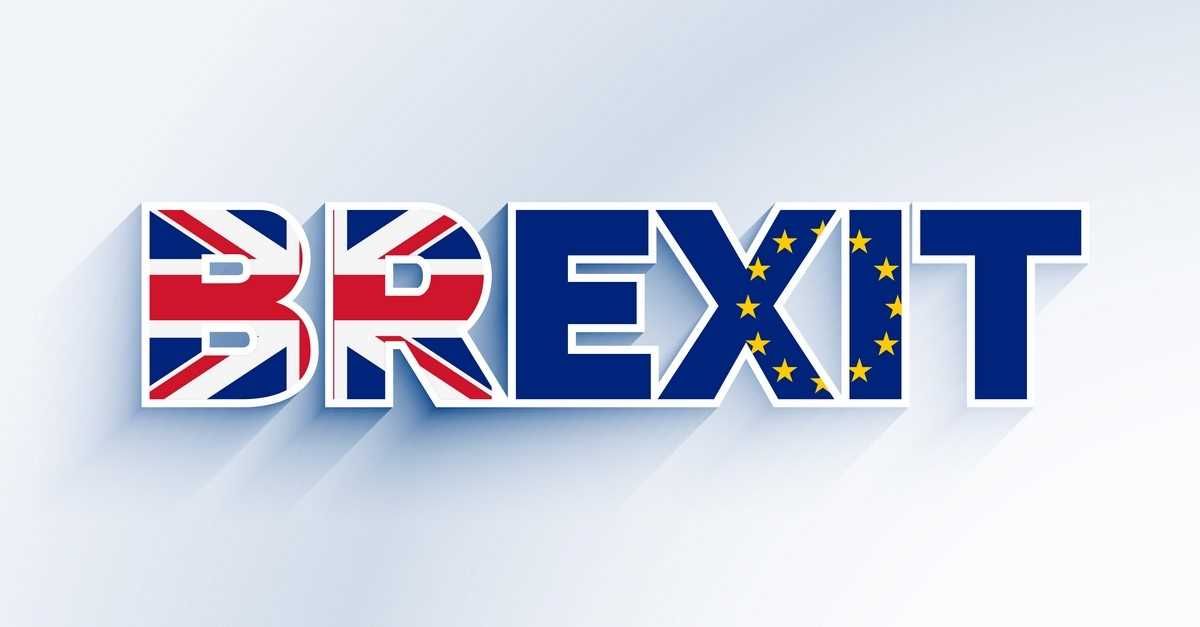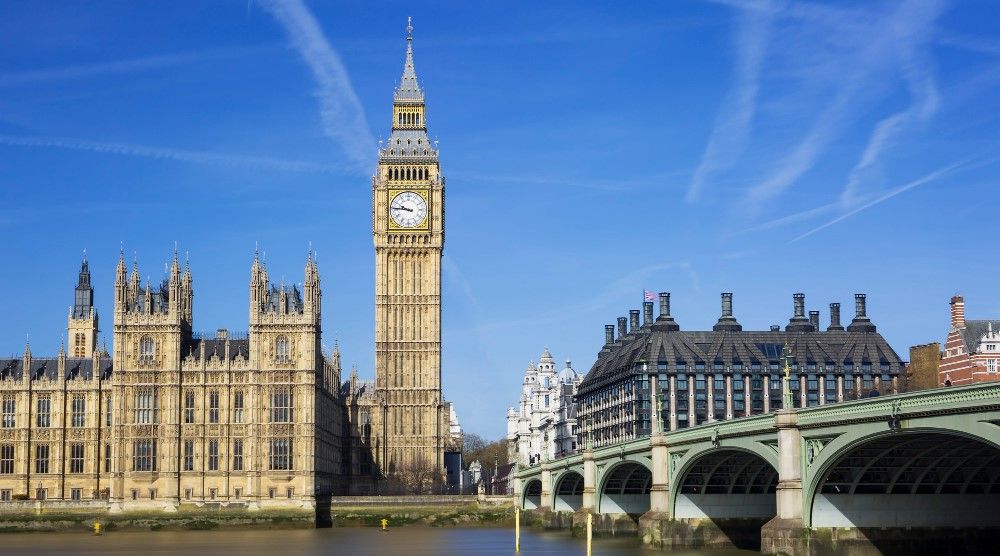Ever since the UK voted to leave the EU, trade between the two regions has been more complicated and uncertain.
When the UK government also decided to leave the EU’s REACH (Registration, Evaluation, Authorisation and Restriction of Chemicals) regulations, the chemical industry on both sides of the English Channel feared that even more bureaucracy and expense would be added. These fears were largely confirmed with the announcement that chemical manufacturers and traders operating in England, Scotland, and Wales would need to register their chemical products within UK REACH. A clear case of doubling the paperwork-load.

In a nutshell, the plan is to group chemical products into three levels according to their hazard profile and the quantity imported or manufactured each year.
Level 1
Level 1 products include non-hazardous substances imported or produced at low levels of up to ten tonnes per year. These chemicals will require exposure information requirements similar to those under EU REACH. The biggest difference being that added detail is required on how these chemicals will be disposed of.
Level 2
Level 2 will likely apply to most chemical products being registered, as it includes quantities above 10 tonnes imported/manufactured per year and those of moderate risk.
While much of the paperwork will be the same as level 1, there are additional requirements to provide data on where and how a chemical will be used, including detail on how many workers will be involved, how many different sites, what training will be provided, how will workers have their health monitored, what is the maximum exposure level, and how will all the rules concerning a products use be measured and checked.
Finding this level of data can be complicated, as it will not be found in the standard supply chain documentation. While questionnaires given to chemical users can be handed out, their completion is often limited. According to Sue Bullock of TSG Consulting, “In the absence of sufficient information, registrants would likely have to outline more stringent and conservative risk management measures on safety data sheets.”
Level 3
Level 3 chemical products are the most hazardous substances, regardless of tonnage. For these products, chemical importers or manufacturers will need to provide adequate exposure data, personal protective equipment requirements, duration of use, and recommended methods of disposal.
While the documentation needed for level 3 is extensive, it is thought to be fairly standard for those familiar with the standard Chemical Safety Reports for hazardous chemicals.

As this immediately looks like a case of additional paperwork required for all chemical products manufactured in or imported into England, Scotland, and Wales, the legislators have plans to open up a way to ‘copy and paste’ chemical products from EU REACH into UK REACH. This process, set up by the UK’s Department for Environment, Food and Rural Affairs (Defra) is called the alternative transitional registration model (ATRm).
While the model is currently open for consultation with all impacted parties, chemical industry analysts are already highlighting some of the opportunities the process presents, as well as its drawbacks and potential pitfalls.
Northern Ireland operators are excluded from this legislation as they will still adhere to the EU’s REACH program. While this should mean that UK REACH is actually called GB REACH, the legislators kept the original label to add to the confusion.
A Cheaper Way to Register with UK REACH?
While UK REACH may seem to be a simple case of double handling data, there are a number of differences between the British and European pieces of legislation.
As Richard Bishop of TSG Consulting highlight, “While [UK REACH is] less of a rubber stamp exercise than many feared, closer examination reveals dependencies, uncertainties and potential repercussions that could present other challenges. For instance, the proposal states that using ECHA [European Chemicals Agency] conclusions on hazard data could ‘reduce the costs associated with submitting a registration dossier under UK REACH by 70% against current UK REACH baselines.’”
Data Accessibility
Another area that may cause concern is the availability of publicly held hazard data.
The proposed legislation recommends the use of ECHA hazard data and classifications; however, it is not specified how ownership of this information is to be addressed.
The information in the online database maintained by ECHA may belong to third parties, whose consent may be required before it can be used. Are chemical companies therefore expected to request letters of access from these data providers or to pay for its use?

UK and EU Legislative Divergence
Over time, legislation on the European and UK chemical industries will increasingly differ. As this divergence grows, so too will complications over registering chemicals in UK REACH.
When UK REACH first came into effect, it contained the same number of hazard categories as EU REACH. However, today, the EU now acknowledges different risks, such as those caused by bioaccumulation in the environment or endocrine disruption and persistence. These hazards have yet to be included in either UK REACH or GB Classification, Labelling & Packaging of Chemicals (CLP).
While the ATRm system is still at a consultation phase, it is not yet apparent how the legislation will handle this divergence.
There are positives to be gained from this consultation process, as it is giving chemical industry leaders and all shareholders a say in how UK REACH is to proceed. In this way it is a fresh opportunity to correct the flaws in the inherited EU REACH system.
For example, “The current process involves a six-month consultation for the initial risk assessment (RA) and socioeconomic analysis (SEA) followed by a second 60-day consultation on the draft SEA opinion,” explains Bullock. “Splitting the delivery of opinions in this way results in ‘crunch points,’ which can cause significant delays.”
Instead, she notes, “Under the UK REACH proposal, a single document would be prepared covering RA and SEA opinion elements in their entirety. The approach would require industry to be well prepared and ready to engage in a new restriction process.”
As such, Defra claims that the changes to UK REACH and the implantation of ATRm will reduce the estimated £2 billion bureaucracy cost to the chemical industry cost by as much as 70%. Additionally, as with EU REACH, applications for registering chemicals in the UK systems are recommended to be done in cooperation with other companies wanting to register the same product.

It is not yet clear how the legislators will iron-out any of the remaining issues. The current consultation process for UK REACH ATRm has already been extended to close on 25th July 2024, with the first registration deadline for submitting chemical dossiers for UK REACH inspection set for 27th October 2026.
This means that the authorities have little more than two years to bring ATRm into law. But with a new parliament only recently elected, there are a number of unknowns that have yet to be sorted out with regards to the direction the new government wants to take the legislation.
How will UK chemical industry law further diverge from the EU? How much support will chemical suppliers and manufacturers receive during the transition period? How will EU legislators respond to the restrictions imposed on EU chemical producers with the further application of UK REACH?
These and other questions remain to be answered.
Photo credit: Farbrikasimf, vwalakte, starline, rawpixel, & macrovector on Freepik